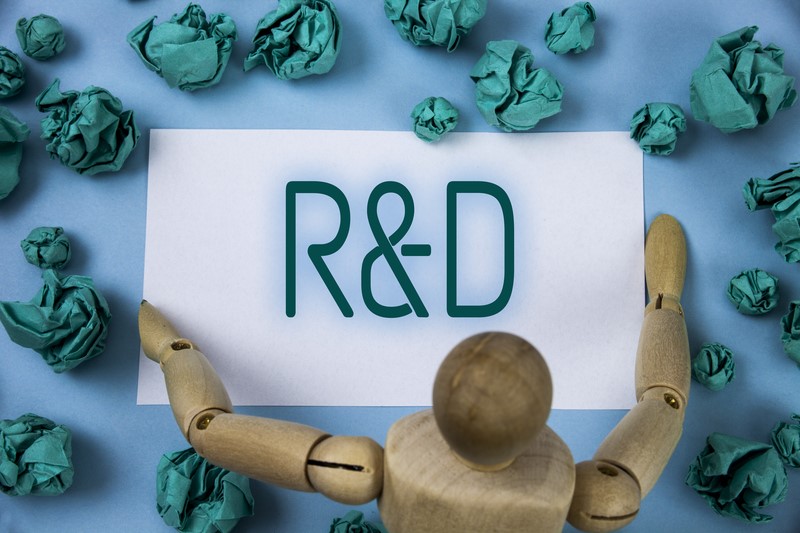The tax treatment of research and development (R&D) costs has been a source of confusion and frustration for businesses since the changes introduced by the Tax Cuts and Jobs Act (TCJA). For years, companies have been required to capitalize and amortize these costs, creating added complexity and often resulting in higher tax liabilities, especially for those investing heavily in innovation.
On July 4, 2025, President Trump signed into law the One Big Beautiful Bill Act (OBBBA), extending multiple provisions from the Tax Cuts and Jobs Act (TCJA) and introducing other substantial tax law changes.
One of these significant changes relates to the tax treatment of Research & Development (R&D) Costs. Under the TCJA, Section 174 required companies to capitalize Research and Development costs incurred for tax years beginning after December 31, 2021.
These costs were required to be amortized:
- Over 5 years if incurred in the United States
- Over 15 years if incurred outside of the United States
With the passage of the OBBBA, the ability to expense domestic R&D costs immediately has been restored. This could be a significant benefit to many businesses.
It’s important to note, however, that the requirement to capitalize foreign R&D costs remains unchanged; they must still be capitalized and amortized over 15 years.
In the sections that follow, we’ll outline what this means for businesses of different sizes, how to handle R&D costs from prior years, and what next steps to consider while awaiting IRS guidance.
How R&D Costs Will Be Treated Starting in 2025
For tax years beginning after December 31, 2024, domestic R&D Costs will be fully deductible in the year they are incurred. There is no longer a requirement to capitalize these costs.
This change is considered an automatic accounting method change. It will be implemented on a cutoff basis without requiring a 481(a) adjustment.
(A 481(a) adjustment is a reconciliation item used when changing accounting methods. The cutoff method means only future costs are affected.)
What About R&D Costs from 2022 to 2024?
An additional consideration is how to treat R&D costs that have been capitalized (and not fully amortized) in 2022, 2023, and 2024. The treatment options depend on several factors, particularly whether your business qualifies as a “small business.”
If You Qualify as a Small Business
Step one is to determine if your business meets the small business definition, this means average gross receipts under $31 million over the last three years.
If a business qualifies, it can either:
- Elect to file amended returns for tax years 2022, 2023, and 2024, or
- Elect to fully expense the remaining amount of unamortized costs in either:
- 2025, or
- Ratably between 2025 and 2026
(This would also be considered a change in accounting method.)
The OBBBA does not specifically address the procedures for making these elections and has deferred to the Department of Treasury for this guidance. At this time, it is unclear when this guidance will be issued.
If You Do Not Qualify as a Small Business
If a business does not meet the small business exception:
- There is no option to file amended returns for past years.
- The company may choose to either:
- Deduct the remaining unamortized costs in 2025, or
- Split the costs ratably between 2025 and 2026
This would be considered an automatic change in accounting method for 2025.
Additionally, businesses that do not meet the small business exception are not eligible for any retroactive elections and must follow the existing law for Section 174 expenses.
Recommended Next Steps While Awaiting IRS Guidance
It is strongly recommended that taxpayers review their tax filings to confirm eligibility as a small business.
If you qualify, you may want to delay filing any 2024 returns as long as possible. This allows time for additional IRS guidance to become available regarding elections and method changes
Conclusion: What This Means for You
Over the last few years, many businesses have felt the strain of having to capitalize R&D costs under the TCJA, with tighter cash flow and added tax complexity.
Now, businesses can once again fully deduct domestic R&D costs in the year they are incurred, starting in 2025. But how you handle prior-year costs depends on whether you qualify as a small business, and the clock is ticking for those filing 2024 returns.
Your next step is to speak with your tax advisor to:
- Determine if you meet the small business gross receipts test
- Evaluate options for deducting or amending prior R&D costs
- Monitor IRS guidance before making any elections
The OBBBA introduces sweeping tax changes, and we’ll continue to share what business owners need to know to navigate them confidently and proactively.





